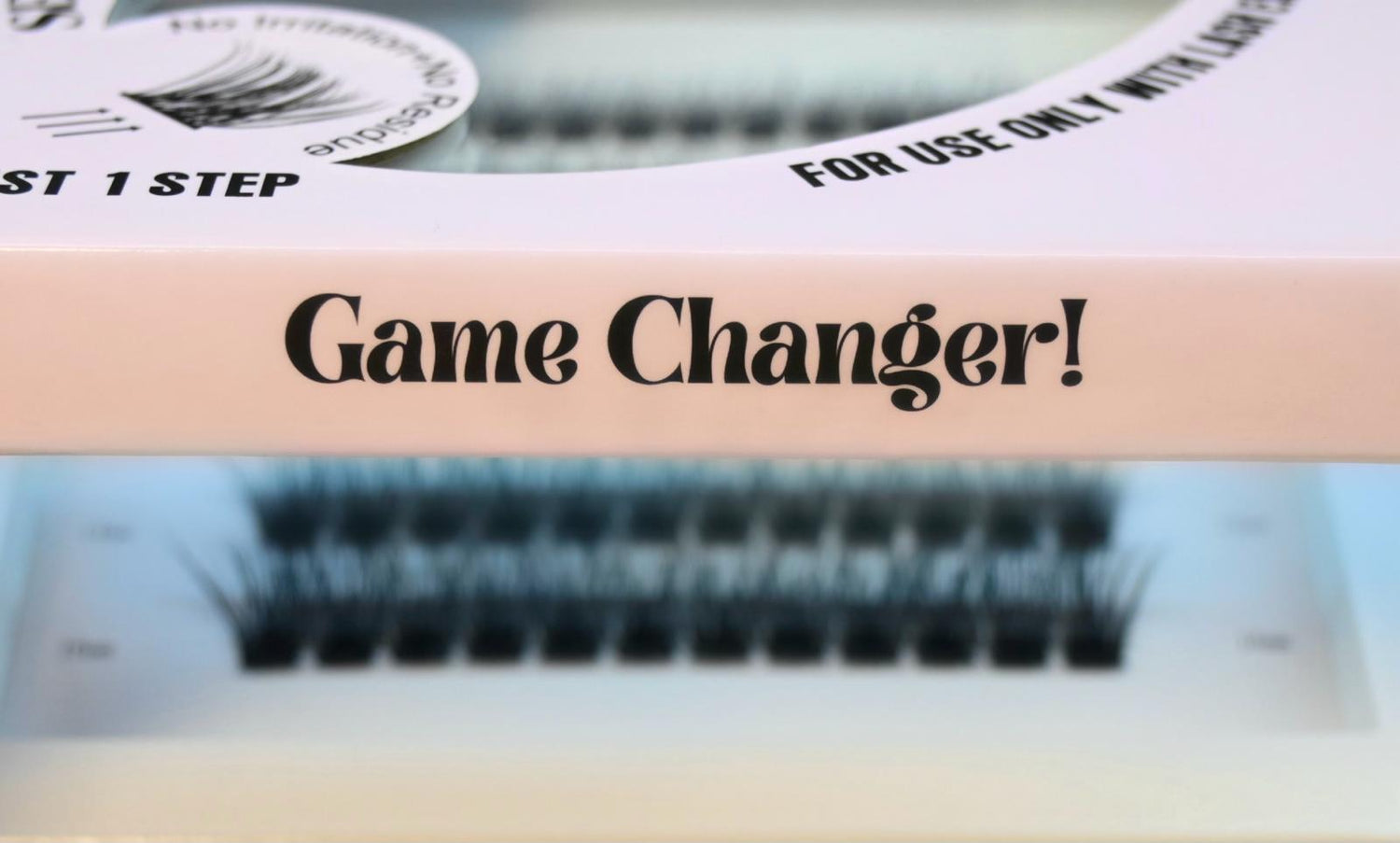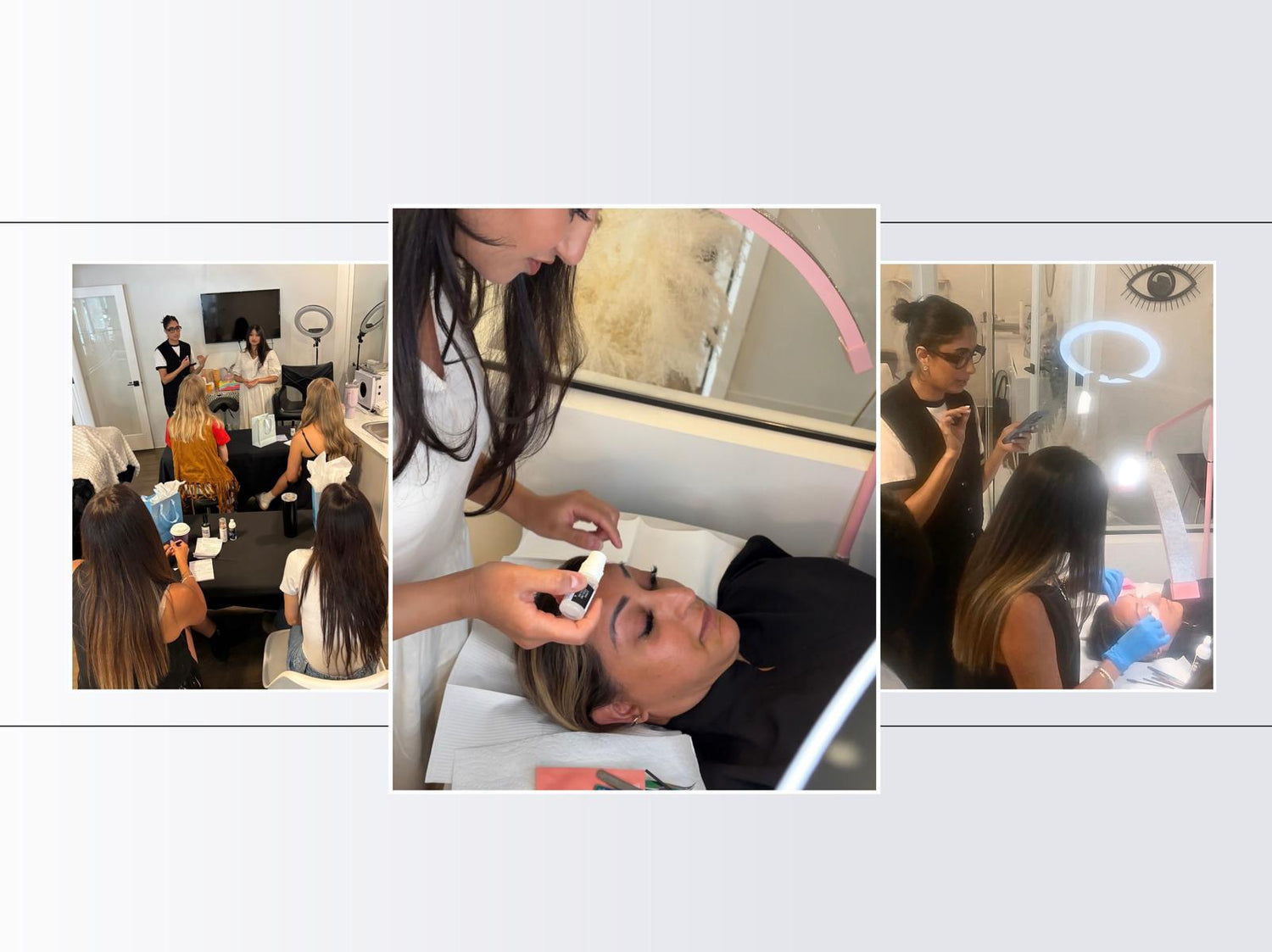Helping clients with hair-pulling disorders such as trichotillomania achieve beautiful lashes requires a combination of professional skill and empathetic understanding.
By knowing what to say (and what not to say) and using appropriate techniques during their appointments, you can provide a positive and supportive experience that boosts their confidence and helps them feel their best.
In this blog, we will discuss trichotillomania and how you can best support your clients with this condition.
What Is Trichotillomania?
Trichotillomania, also known as trich, is a mental health condition involving an irresistible urge to pull out one's own hair.
Trichotillomania is categorized as a body-focused repetitive behavior (BFRB). Individuals with this disorder have an irresistible urge to pull out their hair, including eyelashes and eyebrows. They may pull their hair out in specific patterns or rituals and experience relief or pleasure from doing so.
Trichotillomania is not a choice or a habit; it is a complex disorder that requires understanding and support from those around them. It is estimated that 1-2% of the population struggles with this condition, and it can cause significant distress and impairment in daily functioning.
The Impact of Trichotillomania on Natural Lashes
Repeated lash pulling can damage the hair follicles, resulting in thinning or sparse lashes.
Thin, sparse lashes can make it difficult for lash extensions to adhere correctly and may limit the fullness that a client desires. It is important to approach clients with compassion and sensitivity when addressing concerns about their natural lashes.
How Lash Artists Can Help
While trichotillomania is a complex mental health issue that requires professional treatment, there are ways that you, as a lash tech, can support your clients with this condition.
By educating yourself and being understanding, you can create a safe and supportive environment for clients struggling with this disorder.
A great resource and a woman we admire for sharing her story is Dorin Azerad. Her website and Instagram are great resources for understanding this unique disorder.
What Not To Say
When working with clients with trichotillomania, avoid making comments that might make them feel judged or embarrassed. Don't say things like:
- "Why don't you just stop pulling your lashes?"
- "You need to control yourself."
- "Why do you want to hurt yourself?"
- "You look so pretty with your natural lashes."
Create a Comfortable Experience
Lash appointments can be a source of anxiety or stress for clients with trichotillomania. As lash artists, we are responsible for making the experience as comfortable and calming as possible.
Some ways we can do this include:
- Create a safe and non-judgmental environment.
- Provide a private and quiet space for appointments.
- Speak to your client openly and honestly about their natural lashes, but remain compassionate.
- Be patient when they've gone through a hair-pulling episode. Remember, they wouldn't do it if they could "just control it."
How To Help Lash Clients With Trichotillomania
Lash extensions can be an excellent solution for clients with trichotillomania. They can enhance their lashes for a fuller look without causing additional damage to their natural ones. However, each client should be assessed to make sure they are a suitable candidate for lash extensions.
Lash Extension Techniques
When applying lash extensions, use specific techniques to make the experience more comfortable and successful. Here are some methods that we use:
- Volume lashes: Using volume techniques with lightweight lashes is effective and reduces strain on natural lashes. Apply multiple finer extensions to a single natural lash to achieve a fuller look.
- More frequent fills: Clients with trichotillomania may be more sensitive to the feeling of their eyelash extensions as they grow out. Scheduling more frequent fills allows you to remove the extensions that are growing out, preventing them from becoming a target for picking or pulling. Well-kept lashes may help them control the urge to pick.
- Customized styling: Every client's lash line is unique, and this is especially true for clients with trichotillomania. Use a mix of lengths and curls to create a personalized look that suits their natural lash line and desired outcome.
Aftercare Tips
Educate clients on the importance of proper aftercare to prolong the life of their extensions and support the health of their natural lashes. Here are some tips to share with your clients:
- Keep lashes clean: Regularly cleansing the lash line with a lash cleanser such as Lash Suds can remove any buildup on that lash line that may irritate the eyes and trigger urges to pull.
- Use a serum: Applying a lash serum, such as ADOREYES Plus Lashes Serum, can help support the health and growth of natural lashes.
- Lash 911 Clusters: Seeing gaps in their lashes can be a trigger for some clients. By offering a solution such as our Lash 911 Clusters, clients can fill those gaps themselves, which can boost their confidence and help prevent the urge to pull.
Level Up Your Lash Game With Lashin’ Out
As lash artists, we have the amazing opportunity to enhance our client's physical appearance and boost their self-esteem and confidence. By understanding trichotillomania and taking appropriate steps during appointments, we can provide our clients with a positive and supportive experience, helping them feel beautiful in their own skin.
We're here to support and help you succeed as a lash artist! If you have any questions about supporting a client dealing with trichotillomania, or if you just have questions about lashing in general, feel free to reach out to us. Check out our mentorship program to take your lash game to the next level.
Let's work together to keep making women feel absolutely beautiful, inside and out! 🩷✨




